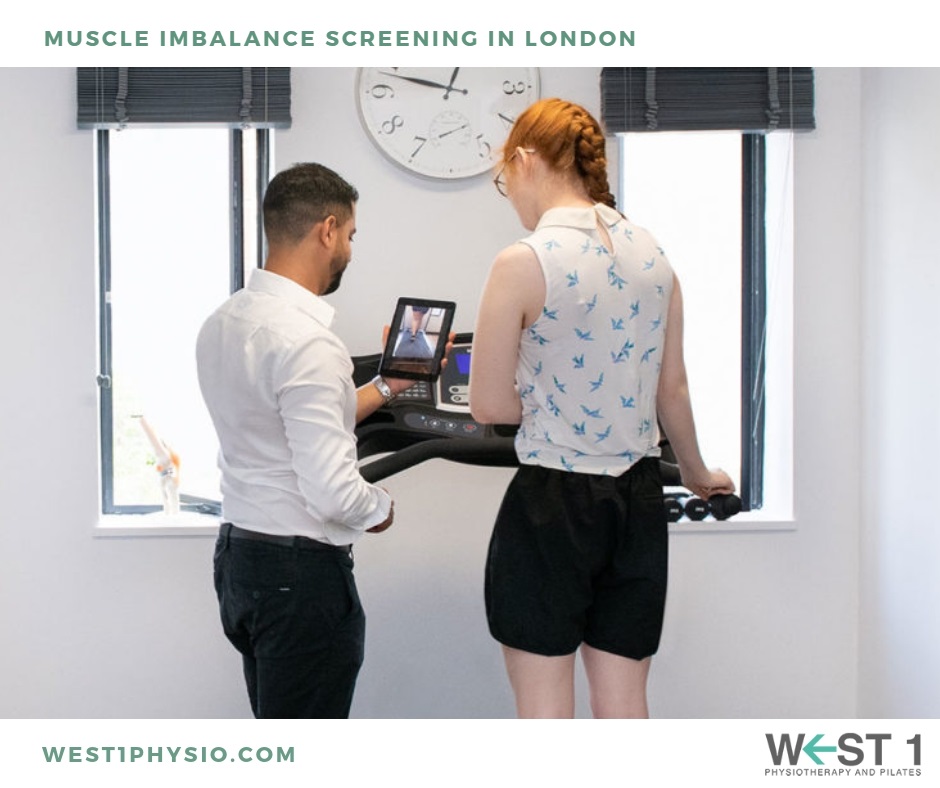
Muscle spasms are contractions of the muscles, which occur involuntarily. The feeling is essentially extreme tightness, that is abrupt and painful. Muscle spasms can be especially problematic, if they occur frequently, despite the fact they don’t last long. The causes of muscle spasms are many, although they are mostly about injuries that aren’t treated in time. In this case, they can turn into muscle knots, also known as myofascial trigger points, which are the real issue. They can be very painful and persist for a long time.
What are the causes of muscle spasms?
If you are experiencing muscle spasms, there may be many cases for them. What is more, the severity of the spasms can be different. Sometimes they are only mild, causing slight annoyance. In other cases, they cause severe pain and discomfort from tightness. Most commonly, the causes of muscle spasms lie with trauma, overload and overuse of muscles. The spasms occur because of poor blood circulation in the area, created during physical exertion. If muscle spasms are related to a certain activity, then it is usually because the muscle is overstretched, or overused. They can also occur if you have been holding the muscle in one position for too long. Warm weather makes muscle spasms more likely to occur, as that is when overstretching is possible. Certain conditions like diabetes, anaemia, kidney disease and multiple sclerosis can also lead to muscle spasms.
Symptoms of a muscle spasm
Since muscle spasms occur during contractions, they are typically associated with sudden pain. Once the spasm has occurred, after the initial contraction you may feel like stretching your muscle. The pain that originates from spasms is very short-lived. Sometimes there is a slight bulge in the area where it occurred. If the muscle spasm is due to an injury, which has gone untreated for a long time, the muscle spasms can progress to muscle knots, which are much more problematic. Typically, physiotherapists will work to reduce the chance of this happening and that is what you should be aiming to do when you work with such an expert in the first place.
How to diagnose muscle spasms?
Normally, you will do a physical exam when you visit a physiotherapist. They will take your medical history and examine the problem. They will ask you about more details in regards to the symptoms, their rate of occurrence, how long they go on for and what activities take place before the muscle spasms manifest. The ultimate goal of the physiotherapist is to find out the underlying cause of the muscle spasms so that they can treat that. They may also require blood tests and electromyography.
What treatment is available?
The most important thing in regards to treating muscle spasms is detecting the root cause of them. Preventing these conditions from triggering the pain is the goal of physiotherapy. The therapist is going to outline a treatment plan, based on the condition you are in. They may prescribe light stretching exercises before engaging in any physical activity, to prevent muscle spasms. If the spasm has resulted from an injury, they will treat the injury, to prevent muscle knots from forming. The goal is always to act quickly since muscle knots are much more difficult to cure. A good treatment method is a massage and physical therapy exercises, which a properly trained physiotherapist will be able to follow through. A few other treatment examples include electrical stimulation, trigger point injections and ultrasound.
If you have any trouble with muscle spasms, which aren’t resolving quickly, make sure to see a physiotherapist.

 Log in with Facebook
Log in with Facebook 








